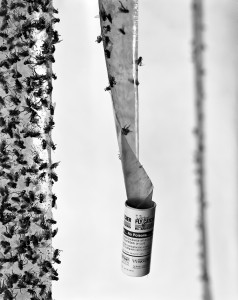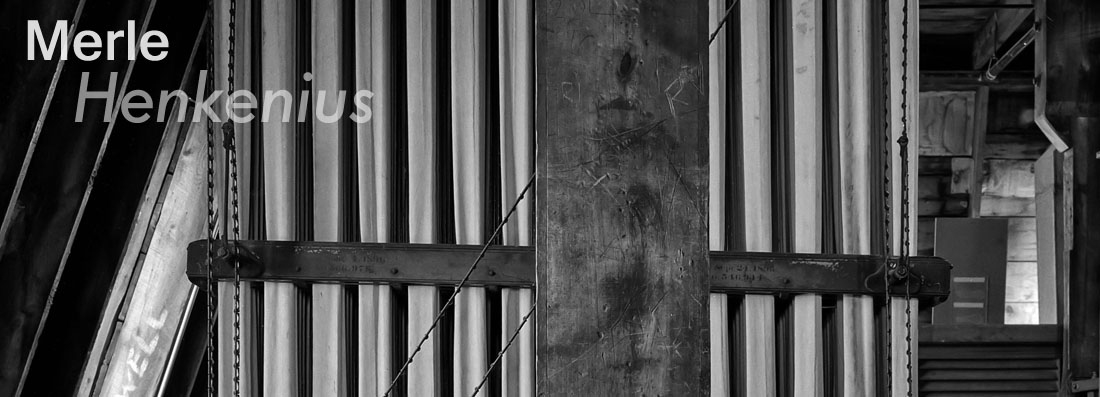page 11 of 20
Every family seemed to have a husking hook or two leftover from the Forties, when corn was picked by hand. These hung from pegs on back porches or in barns, saved more out of habit than loyalty. While I vaguely knew how these hooks worked, how they were strapped to a hand to breach thousands of husks a day, I didn’t know what they meant. What they meant was that you couldn’t plant all your tillable acres to corn back then. You planted only as many acres as you and yours could reasonably expect to pick before winter, assuming no one sprained a wrist or broke an ankle. So husking hooks explained oats and hay and cows and pigs and chickens, the very order of my days, and I hadn’t a clue. And by extension, they explained why these things receded as I came of age, behind picker/sheller combines and whirlybird irrigators. They explained why row crops went from four-wide to six-narrow; why farmers began planting fence row to fence row, even extracting the fences when they could; why they took up golf in summer and skiing in winter; why they began wearing khaki shorts, of all things. And the strangest thing about these hooks, these wrist-numbing, spine-twisting widgets, is that they can appear sensuous on a peg, almost like lingerie.
 What else do these objects mean? I can’t say. I don’t know everything. They were just there when I opened a door and held it, and let sunlight suspend the dust. Today I see them in antique malls. I invariably pick them up and turn them over, there being something compelling about the bottoms of things. I allow them to make their brief associative leaps, then put them back. They’re a dime a dozen, you know.
What else do these objects mean? I can’t say. I don’t know everything. They were just there when I opened a door and held it, and let sunlight suspend the dust. Today I see them in antique malls. I invariably pick them up and turn them over, there being something compelling about the bottoms of things. I allow them to make their brief associative leaps, then put them back. They’re a dime a dozen, you know.
###
